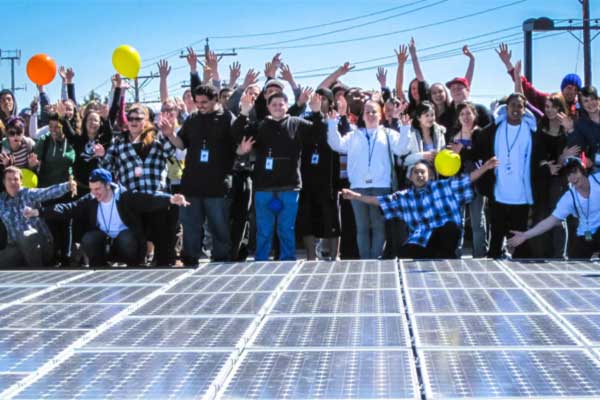Community solar capacity in the United States more than doubled between 2016 and 2017, from 347 MW at the end of 2016, to 734 MW at the end of 2017. At present, 228 utilities in 36 states have active community solar programs.
Those figures are part of the findings in a new report “Community Solar Program Design Models” from the Smart Electric Power Alliance (SEPA).
The second report “Value Stacking in Minster” is a SEPA case study focused on how one small town put a community solar project on hold in response to a key industrial customer’s request for green power–but continues to explore opportunities for a shared solar project.
The report adds that utilities are starting to explore the use of community-scale, distributed solar as a grid asset for improved reliability and grid support services.
Many of the community solar projects in service are targeted at low-to-moderate income customers, renters and residential customers who live in multifamily buildings. In the past, these customers have been unable to access the benefits of solar because they don’t own their roofs, or if they do, their roofs cannot support solar.
“Despite community solar’s rapid growth, these shared projects constitute just over 1 percent of the total U.S. solar market,” said Dan Chwastyk, SEPA’s Program Manager for community solar programs.














Comments